Edgar, my former lucha libre trainer had sent me a message using his usual method-facebook. In all caps (which I will not replicate here, to save your eyes), he wrote:
Nell, el evento grande es el 28 de octubre. Puedes estar aqui para esa fecha? Entraras conmigo.
Nell, the big event is October 28. Can you be here for that day? You’ll wrestle with me.
As it happens, 28 October is my birthday and I had been trying to come up with an excuse to go to La Paz around then anyway. So I replied with an immediate yes. Edgar and I then set about making plans in terms of training, publicity, costumes, and the event, which will be a benefit show to raise funds for children in La Paz with cancer.
I tried to sit again. Edgar had taken his leave from the internet café where he had been writing me. I needed to talk to someone. I needed to gush. I pulled out a book to distract myself, but I couldn’t pay attention to the words. My legs were shaking. My fingers couldn’t stop tapping. I wanted to be in the ring. RIGHT NOW!
I suppose, in a way, I see this as evidence of the success of my dissertation fieldwork. Not in an academic sense. Not even that the people I learned from like me enough to want me to come back for a visit. But it was successful because it’s in my body. Every time I return to La Paz a sudden wave of excitement comes over me. On the June day that I woke up in Lima, ready for a two hour flight to Bolivia, I couldn’t stop smiling. Arriving in La Paz makes my body feel different. A certain hard to attain comfort. It feels like going home.
Wrestling, in a way, is the opposite of that comfort. Wrestling hurts. Muscles are sore, joints feel out of place. Necks are stiff, and just walking down stairs is nearly impossible the day after. Not to mention the dehydration and oxygen deprivation that go along with physical activity in the altiplano. But wrestling also does something else. It gives a jolt of adrenaline. It hurts, but it’s playful. It’s fun. But the kinda of fun that can’t be replicated alone. You need a partner. One you can trust. And for all the tension that may exist outside the ring, I trust Edgar 100% when I’m about to do tijeras.
But then I started to worry. I won’t be able to arrive until the day before. It’s been almost a year since I even trained in the ring. Will my body remember how to do it? Will twists feel awkward or come naturally. Is this like riding a bike or speaking a language? I can only hope the muscle memory remains.
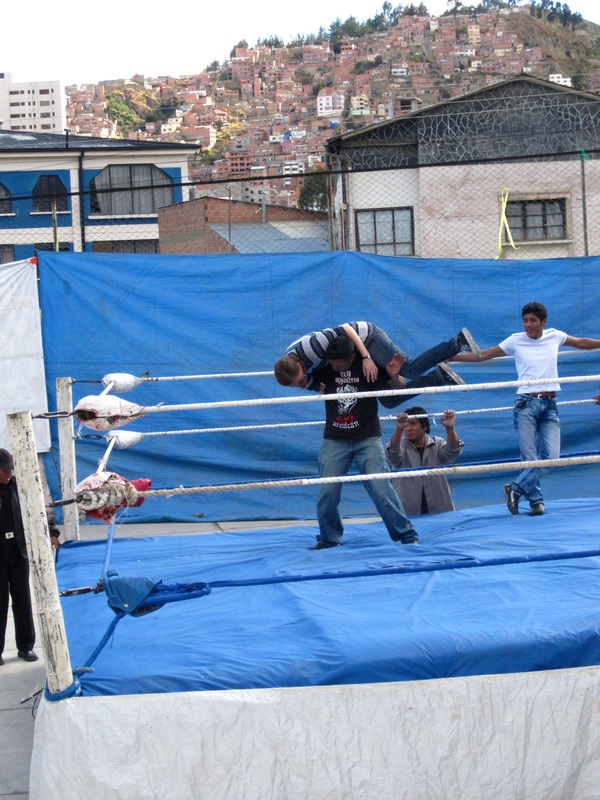
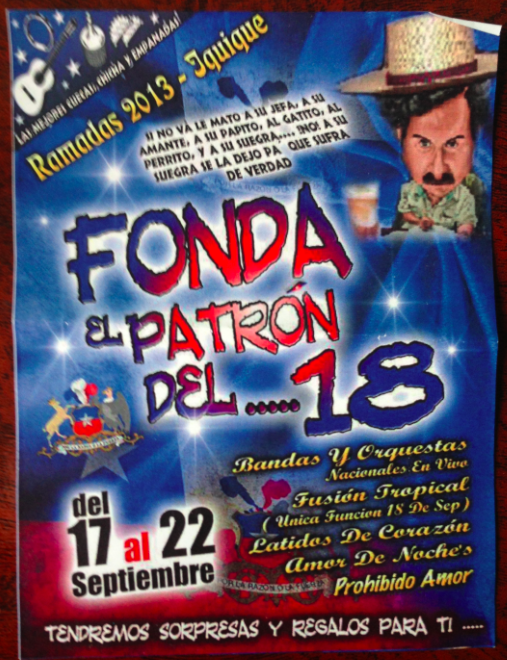
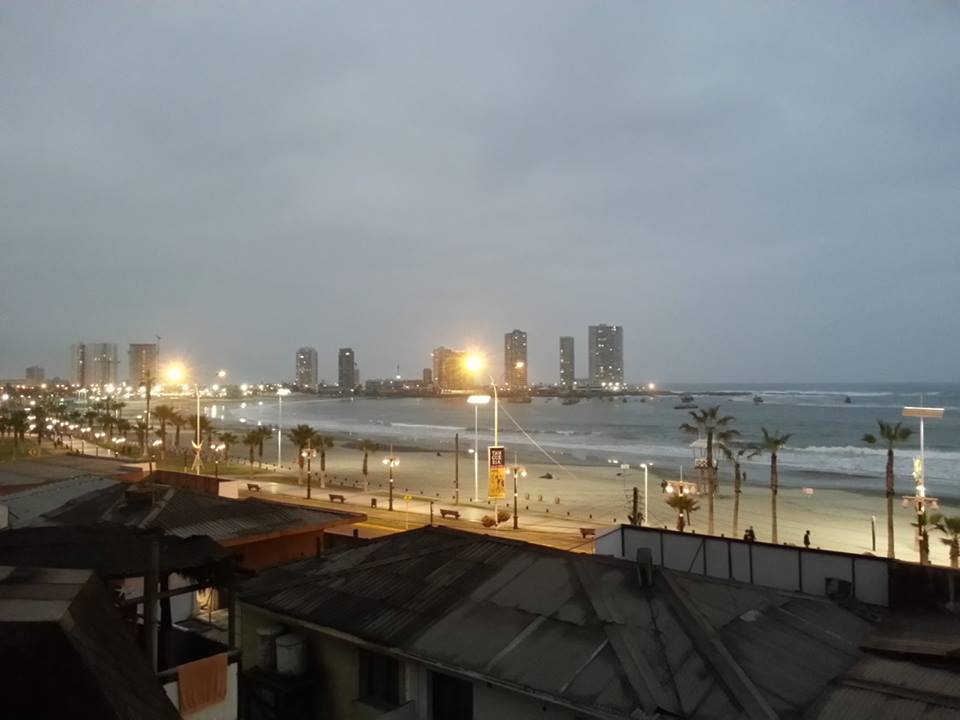
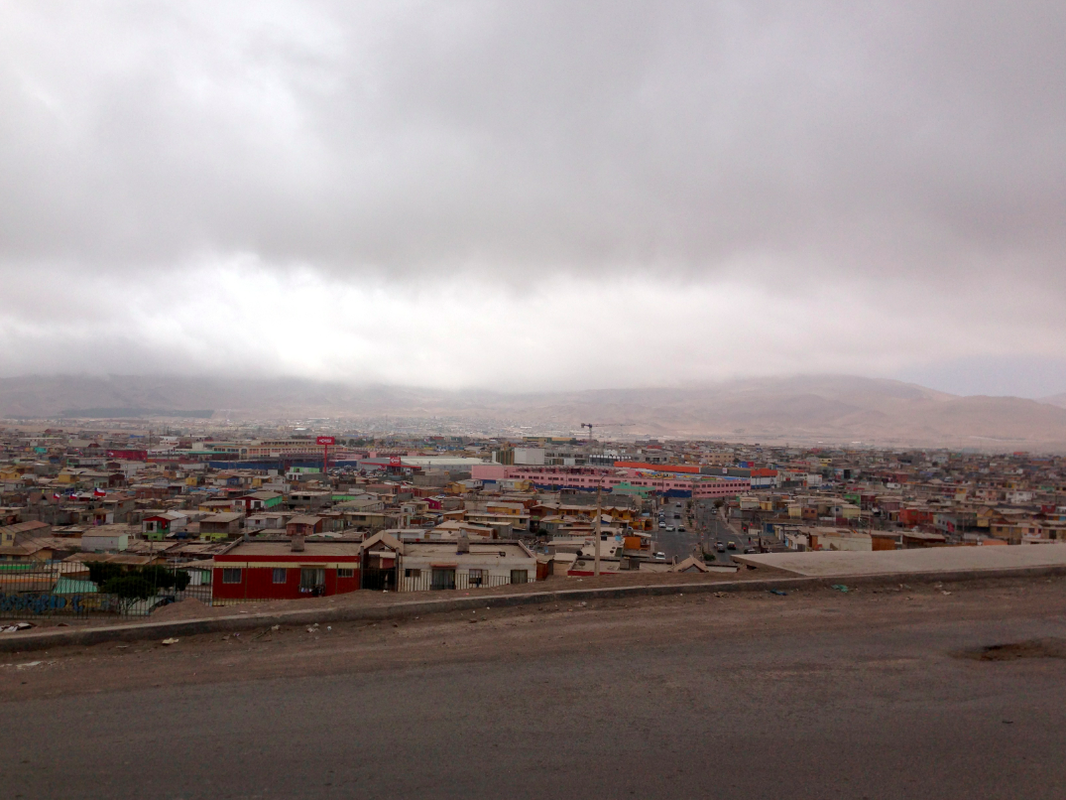
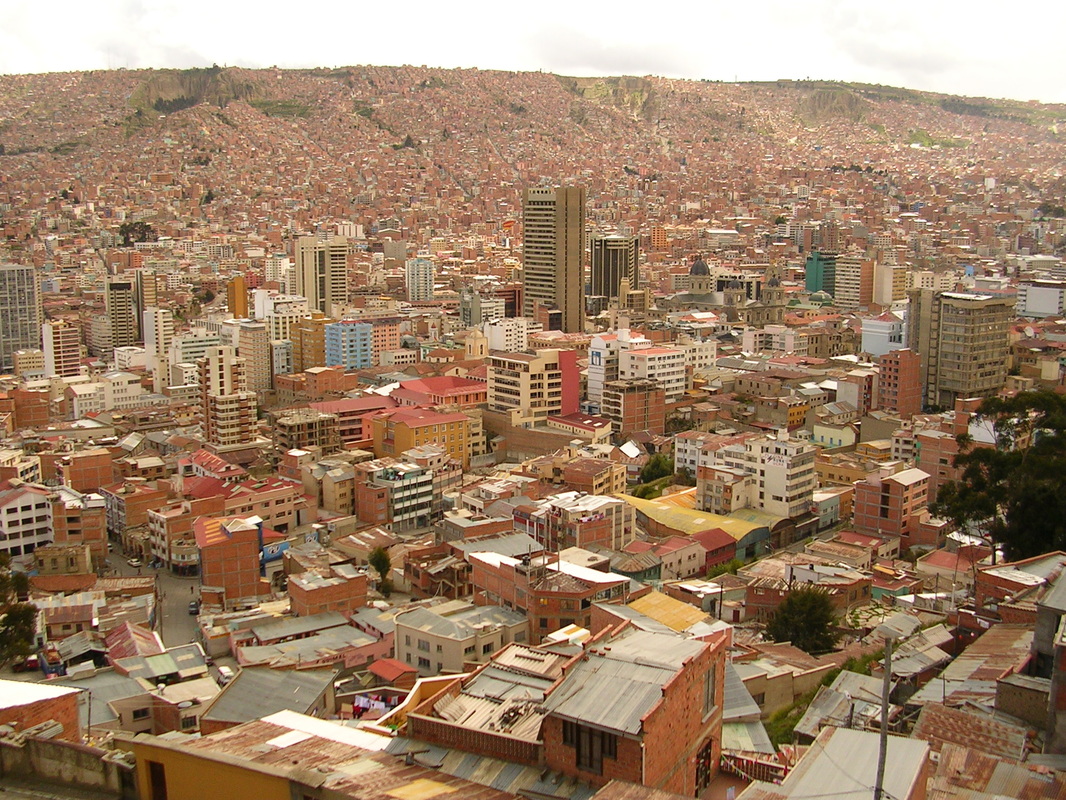
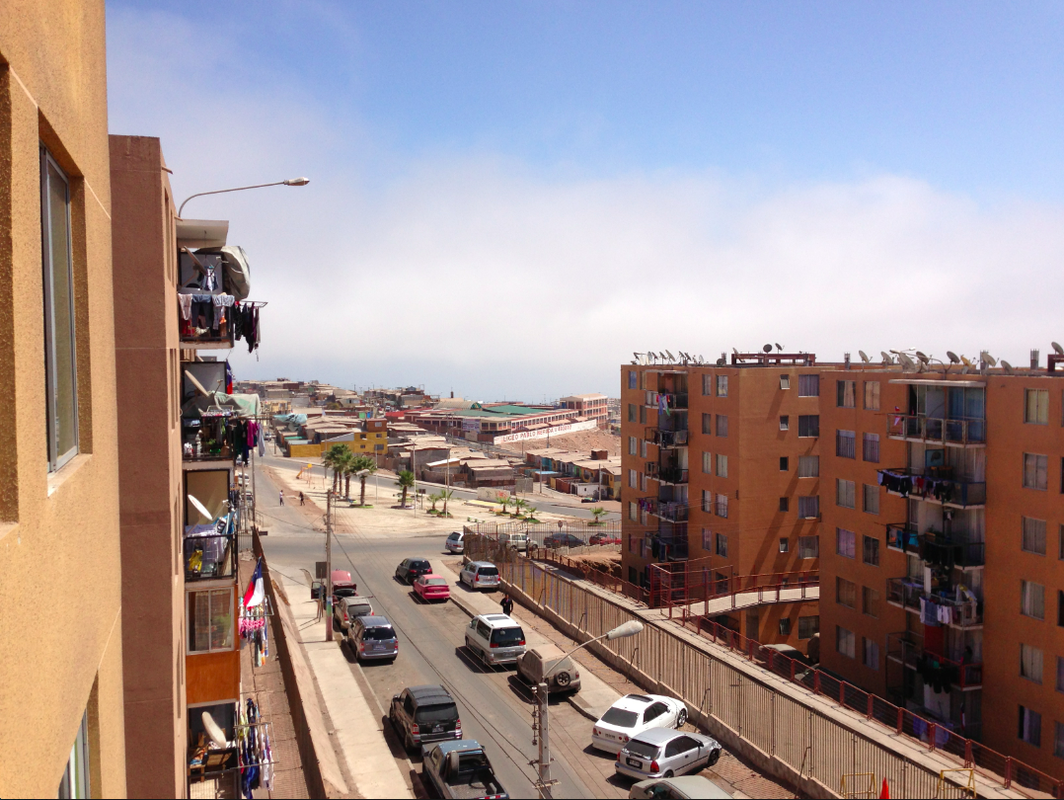
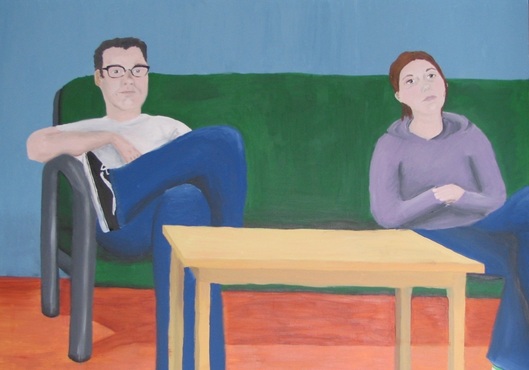
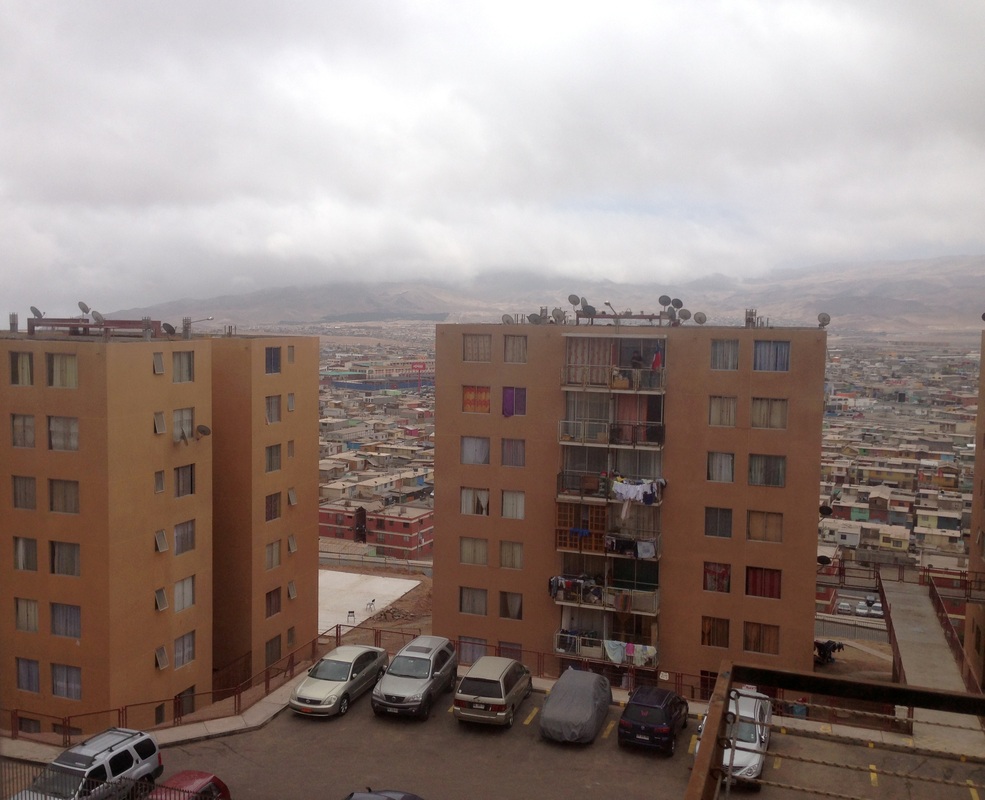
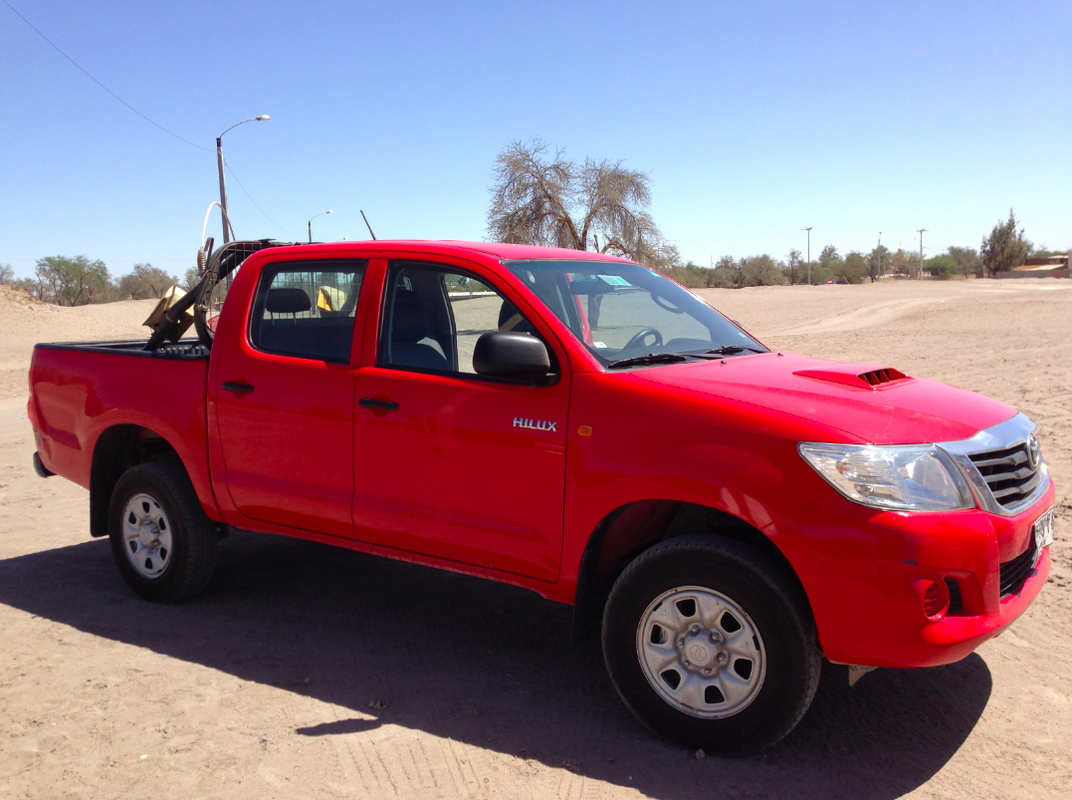
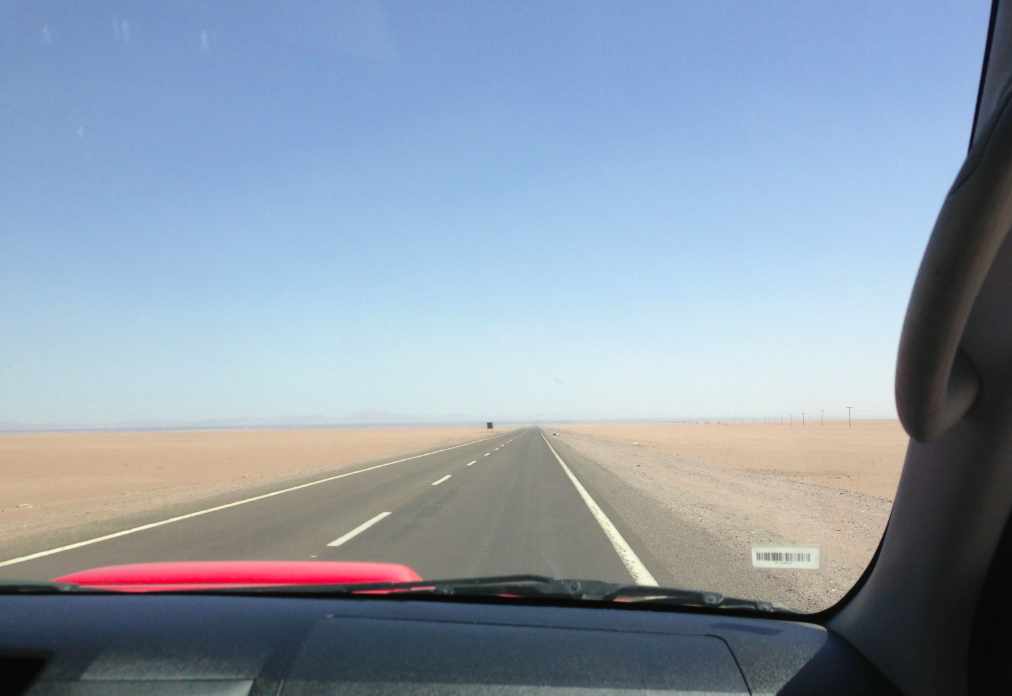
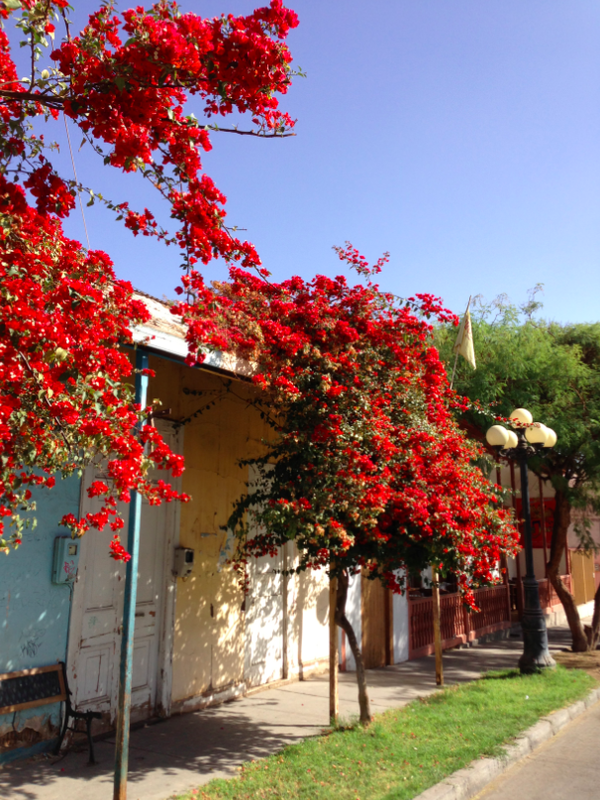
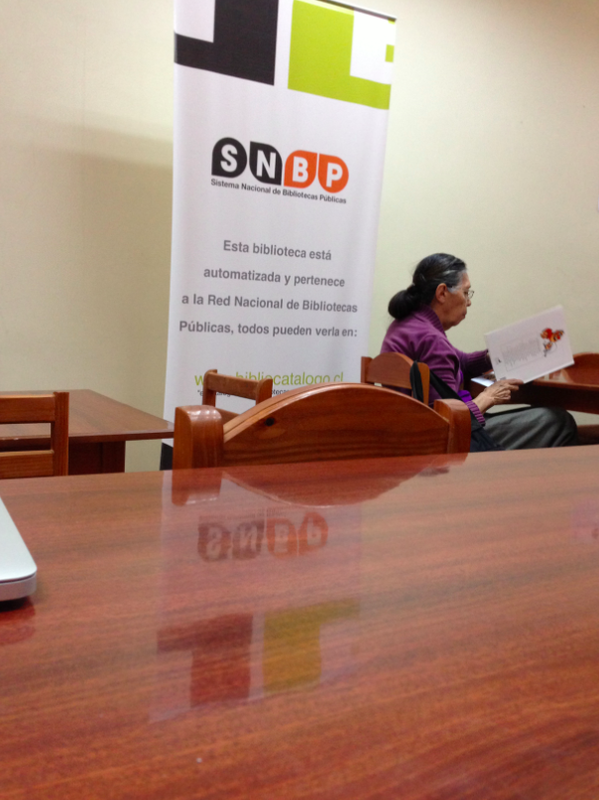
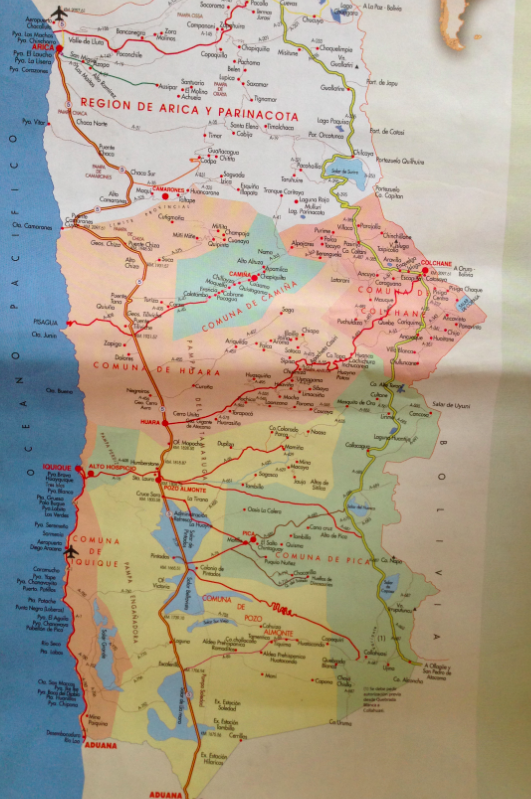
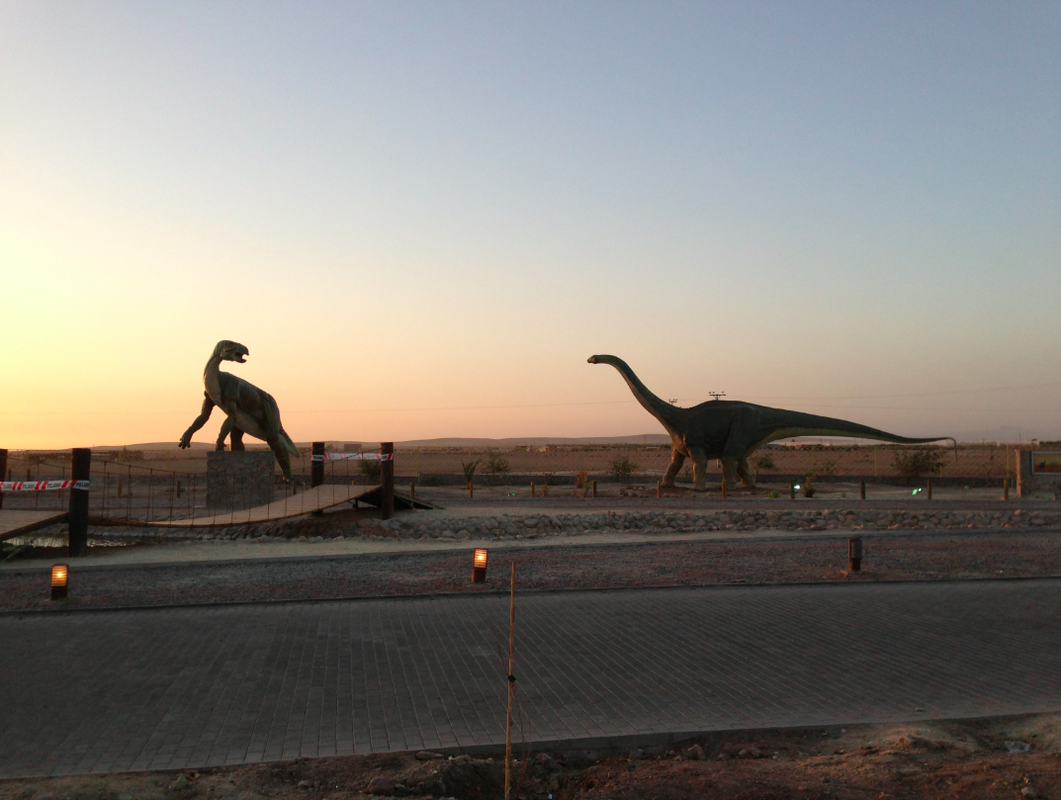
 RSS Feed
RSS Feed
